Home>Home Maintenance>How Do You Water A Plant With A Drainage Hole
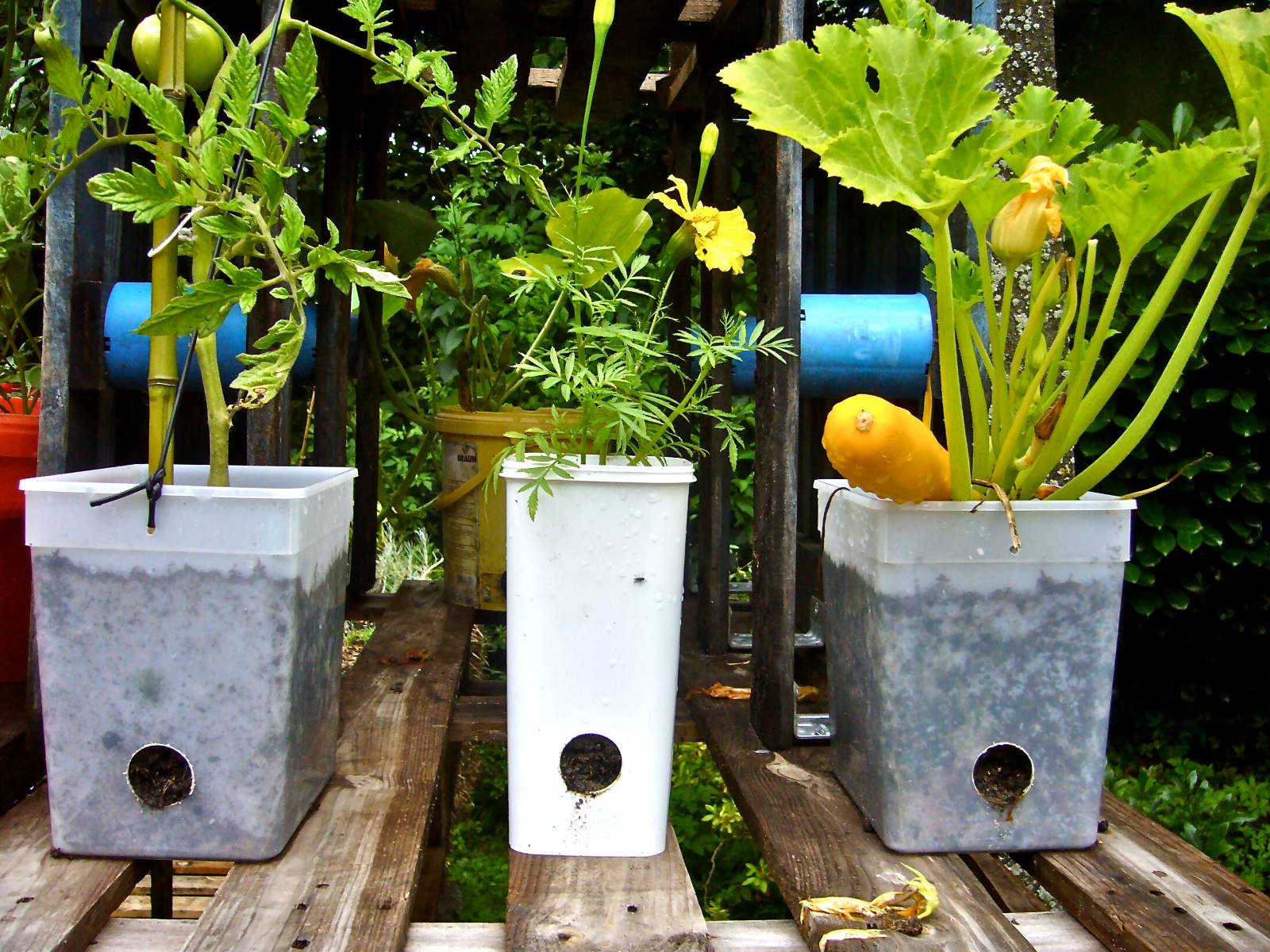

Home Maintenance
How Do You Water A Plant With A Drainage Hole
Modified: March 7, 2024
Learn the best methods for watering plants with drainage holes in this comprehensive guide. Ensure your home maintenance routine keeps your plants healthy and thriving.
(Many of the links in this article redirect to a specific reviewed product. Your purchase of these products through affiliate links helps to generate commission for Storables.com, at no extra cost. Learn more)
Introduction
When it comes to taking care of your indoor or outdoor plants, proper watering is essential for their health and vitality. But what if your plant has a drainage hole? How do you ensure that the water reaches the roots without creating a mess? In this article, we will explore different methods and techniques for watering a plant with a drainage hole.
Understanding the importance of drainage holes is crucial in maintaining the health of your plants. These holes allow excess water to escape, preventing the roots from sitting in stagnant water, which can lead to root rot and other issues. By providing adequate drainage, you ensure that the roots have access to oxygen and prevent waterlogged conditions that are detrimental to plant growth.
Now that we’ve established the significance of drainage holes, let’s dive into the various ways you can water your plant effectively while still allowing the excess water to drain away.
Key Takeaways:
- Proper watering of plants with drainage holes is crucial for their health. Different methods like direct watering, using a saucer, bottom watering, and self-watering systems offer effective ways to ensure plants receive the right amount of water.
- Factors like watering frequency, amount, soil moisture, potting mix, and environmental conditions should be considered when watering plants with drainage holes. Observing and adjusting the watering routine are key to maintaining healthy and thriving plants.
Understanding the Importance of Drainage Holes
Drainage holes are not just a decorative feature in plant pots; they play a crucial role in maintaining the overall health of your plants. These holes allow excess water to escape, preventing waterlogging and ensuring proper airflow to the roots. Here are a few key reasons why drainage holes are essential:
- Prevents Root Rot: When the soil becomes waterlogged, it restricts the availability of oxygen to the plant’s roots. This lack of oxygen can cause the roots to rot and ultimately lead to the death of the plant. Drainage holes allow excess water to escape, preventing waterlogged conditions and promoting healthier root growth.
- Regulates Moisture Levels: Proper drainage helps regulate moisture levels in the soil. It allows the soil to retain enough moisture for the plant’s needs while preventing it from becoming overly saturated. This balance is vital for the plant to absorb nutrients effectively and maintain optimal growth.
- Prevents Salt Buildup: Some water sources contain minerals and salts that can accumulate in the soil over time. Without drainage holes, these salts can build up and reach toxic levels, causing damage to the plant’s roots. Proper drainage allows excess salts to be flushed out, preventing salt buildup and maintaining a healthy soil environment.
- Controls Fungal Growth: Excessive moisture in the soil creates a favorable environment for fungal growth. Fungi thrive in wet conditions, and without proper drainage, the chances of fungal diseases, such as root rot and mold, increase significantly. Drainage holes help prevent excess moisture, reducing the risk of fungal infections.
By understanding the importance of drainage holes, you can ensure that your plants have the best possible growing conditions. Now that we have explored why drainage holes are crucial, let’s explore different ways to water a plant with a drainage hole.
Different Ways to Water a Plant with a Drainage Hole
When it comes to watering a plant with a drainage hole, there are several methods you can choose from. Each method offers its own advantages and considerations, so let’s explore some of the most common ways to water your plant effectively:
- Method 1: Directly Watering the Plant: This is the most straightforward method, where you pour water directly into the pot until it starts to drain out of the bottom. The excess water escaping through the drainage hole ensures that the soil is thoroughly watered, allowing the roots to absorb moisture. However, it’s essential to monitor the watering to avoid overwatering, as excessive moisture can still lead to root rot.
- Method 2: Using a Saucer or Tray: Placing your plant pot on a saucer or tray can help catch excess water while still allowing the roots to access it. Simply water the plant as usual, and any water that drains out will collect in the saucer. After a short time, pour out any standing water to prevent the roots from sitting in it for too long.
- Method 3: Bottom Watering: This method involves filling a tray or basin with water and placing the plant pot in it. The water will then be absorbed by the drainage holes, allowing the roots to take up the necessary moisture. Bottom watering is particularly useful for plants with sensitive leaves or when you want to ensure even moisture distribution throughout the pot.
- Method 4: Self-Watering Systems: If you want a more automated approach to watering, self-watering systems can be a great option. These systems contain a reservoir of water that slowly releases moisture to the plant through a wick or other mechanism. This method ensures consistent watering and prevents over or underwatering.
It’s important to note that different plants have different watering needs based on factors such as their size, type, and environment.
Method 1: Directly Watering the Plant
Directly watering the plant is the most straightforward and commonly used method for watering a plant with a drainage hole. This method allows for efficient water delivery while ensuring excess water drains out. Follow these steps to effectively water your plant:
- Choose the right watering can or container: Use a watering can or container with a narrow spout to direct the water to the soil around the base of the plant. This will help prevent water from splashing and ensure that it reaches the roots.
- Check the moisture level: Before watering, it’s essential to check the moisture level of the soil. Stick your finger about an inch into the soil to assess if it feels dry or moist. Water only when the top inch of soil feels dry to the touch. Overwatering can lead to root rot and other issues, so it’s crucial to water your plants only when necessary.
- Water evenly: Slowly pour water into the soil around the base of the plant, aiming for an even distribution. Avoid pouring water onto the leaves, as this can lead to fungal diseases. Make sure to water until you see water draining out of the bottom of the pot, indicating that the excess water is escaping through the drainage hole.
- Allow drainage: After watering, give the plant some time to allow the excess water to drain away completely. Empty any water that collects in the saucer or tray beneath the pot to prevent the roots from soaking in standing water, which can lead to root rot.
It’s important to note that the frequency of watering will depend on various factors such as the plant’s specific water requirements, type of potting mix used, and environmental conditions. Monitor your plant’s moisture level regularly and adjust your watering routine accordingly.
Remember, each plant has unique needs, and it’s important to research the specific watering requirements of your plants to ensure their health and growth. Stay observant and respond to the plant’s cues to determine when to water it. By following these steps, you’ll be able to effectively water your plant with a drainage hole and provide it with the perfect balance of moisture it needs for optimal growth.
Method 2: Using a Saucer or Tray
Using a saucer or tray is a popular method for watering plants with drainage holes, as it allows for the collection of excess water while still providing access to moisture for the roots. Here’s a step-by-step guide on how to water your plant using a saucer or tray:
- Select an appropriate saucer or tray: Choose a saucer or tray that is large enough to accommodate the plant pot. Ensure that it has enough depth to hold a sufficient amount of water without overflowing.
- Water your plant as usual: Begin by watering your plant as you normally would, pouring water into the pot until it starts to drain out through the drainage hole. This ensures that the soil is adequately moistened.
- Place the pot on the saucer or tray: Carefully place the plant pot on the saucer or tray, ensuring that the drainage hole lines up with the saucer’s opening. The excess water will collect in the saucer, preventing it from seeping onto your furniture or floors.
- Allow the plant to absorb water: Leave the plant in the saucer for a short period, allowing the roots to absorb the water as needed. The plant will uptake water through the drainage holes, maintaining proper hydration.
- Remove any standing water: After some time, check the saucer for any standing water. If there is excess water present, carefully pour it out to prevent the roots from sitting in standing water for too long. This will help prevent overwatering and potential root issues.
Using a saucer or tray method allows for passive watering, as the plant takes up water as needed while preventing water from pooling around it. However, it’s important to keep an eye on the water level in the saucer and ensure that it doesn’t sit in standing water for extended periods, which can lead to root rot.
This method is particularly beneficial when plants require consistent moisture, as the saucer can act as a reservoir, providing access to water for a longer duration. However, avoid leaving the plant in standing water for too long, as it can lead to waterlogged conditions and impact the plant’s health.
By using a saucer or tray to water your plant with a drainage hole, you can help maintain proper moisture levels without the risk of overwatering. It also offers convenience and peace of mind, knowing that any excess water will be captured and can be easily removed to maintain a healthy growing environment.
Water your plant with a drainage hole by pouring water slowly until it starts to drain out the bottom. This ensures the roots get enough water without waterlogging the soil.
Method 3: Bottom Watering
Bottom watering is a technique where you water your plant from the bottom, allowing the roots to absorb water through the drainage holes. This method is particularly useful for plants with delicate leaves or when you want to ensure even moisture distribution throughout the pot. Here’s how to use the bottom watering method:
- Prepare a tray or basin: Start by filling a tray, basin, or shallow container with water. The container should be large enough to accommodate the plant pot, allowing the water to reach the bottom of the pot.
- Place the plant pot in the container: Carefully place the pot into the container, ensuring that the bottom of the pot is submerged in the water. The water will be drawn upward through the drainage holes, providing moisture directly to the roots.
- Allow the plant to soak: Leave the plant in the water for about 15-30 minutes or until the top layer of the soil feels moist to the touch. This will allow the roots to absorb water at their own pace, ensuring thorough hydration.
- Remove excess water: After the plant has soaked for the appropriate amount of time, lift the pot out of the container and allow any excess water to drain out. Be careful not to overflow the pot or let the plant sit in standing water.
Bottom watering is especially beneficial for plants that prefer consistently moist soil, as it allows the roots to uptake water as needed without risking overwatering. Additionally, this method promotes healthy root growth by encouraging the roots to grow downward in search of moisture.
It’s important to note that not all plants thrive with bottom watering. Some plants, such as succulents and cacti, prefer drier conditions and may not benefit from this method. Before using bottom watering, research your specific plant’s watering preferences to ensure it is suitable.
Bottom watering can be a convenient and effective way to provide consistent moisture to your plant with a drainage hole. It ensures that the roots receive adequate hydration while minimizing the risk of overwatering. By incorporating bottom watering into your plant care routine, you can help create a healthy and thriving plant that will delight you with its growth and beauty.
Method 4: Self-Watering Systems
Self-watering systems are a convenient and efficient method for watering plants with drainage holes. These systems utilize a reservoir of water that slowly releases moisture to the plant over time, ensuring consistent hydration. Here’s how you can use a self-watering system to water your plant:
- Choose a self-watering system: There are various self-watering systems available, such as self-watering pots, planters with built-in reservoirs, or add-on watering devices that can be attached to your existing pots. Select a system that is suitable for the size and type of plant you are watering.
- Set up the self-watering system: Follow the manufacturer’s instructions to set up the self-watering system. This typically involves filling the reservoir with water and ensuring it is positioned correctly with the plant pot.
- Monitor the water level: Regularly check the water level in the reservoir and refill it as needed. Different self-watering systems have different capacities, so it’s important to understand the specific requirements of your system and your plant’s water needs.
- Observe your plant’s moisture level: Keep an eye on your plant to assess its water requirements. While self-watering systems provide a continuous water supply, it’s important to monitor the moisture level of the soil and adjust the water supply accordingly.
Self-watering systems offer several benefits. They provide a steady water supply, ensuring that your plants never experience drought-like conditions or excessive dryness. These systems are particularly ideal for busy individuals or those who may be away from home for extended periods, as they can help maintain consistent moisture levels in the soil.
However, it’s important to note that self-watering systems are not a “set-it-and-forget-it” solution. Regular monitoring and adjustments are still necessary to ensure that your plant receives the right amount of water. It’s essential to understand the specific requirements of your plant and the self-watering system you are using.
By incorporating a self-watering system into your plant care routine, you can simplify the watering process and provide your plants with the consistent moisture they need for optimal growth and health.
Things to Consider When Watering a Plant with a Drainage Hole
While watering a plant with a drainage hole is relatively straightforward, there are a few important considerations to keep in mind to ensure the health and vitality of your plants. Here are some key factors to consider when watering a plant with a drainage hole:
- Watering frequency: The frequency of watering will vary depending on the type of plant, its specific water needs, and environmental conditions. Some plants may require more frequent watering, while others prefer drier conditions. Research your specific plant to determine its ideal watering schedule.
- Watering amount: It’s important to water your plant thoroughly, ensuring the entire root ball is wet without overdoing it. Water until you see water draining out of the bottom, indicating that excess water is escaping through the drainage hole. This ensures that the roots have access to the necessary moisture while preventing waterlogging.
- Monitor soil moisture: Regularly check the moisture level of the soil by sticking your finger into the top inch or using a moisture meter. Avoid watering when the soil is still moist to the touch, as overwatering can lead to root rot. On the other hand, ensure the soil doesn’t become completely dry, which can cause stress to the plant.
- Consider the potting mix: The type of potting mix used can impact water retention. Some potting mixes drain quickly, while others hold onto moisture for longer periods. Choose a well-draining mix that allows excess water to escape through the drainage hole, preventing water from becoming trapped and causing root issues.
- Avoid overwatering: Overwatering is one of the most common issues that can arise when watering plants with drainage holes. It’s important to strike a balance and avoid excessive moisture, as it can lead to root rot, fungal diseases, and other issues. Monitoring the moisture level and adjusting your watering routine accordingly is key.
- Consider the environment: Environmental factors such as temperature, humidity, and air circulation can influence your plant’s water requirements. Hot and dry conditions may necessitate more frequent watering, while cool and humid environments may require less moisture. Be mindful of the conditions your plant is exposed to and adjust your watering routine accordingly.
By considering these factors, you can ensure that you are providing your plants with the proper amount of water, allowing them to thrive and grow. Remember, observation and responsiveness are key to developing a successful watering routine for plants with drainage holes.
Conclusion
Watering a plant with a drainage hole is a crucial aspect of maintaining its health and promoting optimal growth. Understanding the importance of drainage holes and implementing the right watering techniques are essential for ensuring the well-being of your plants. By following the different methods discussed in this article, you can effectively water your plant while allowing excess water to drain away.
Whether you choose to directly water the plant, use a saucer or tray, bottom watering, or a self-watering system, each method offers its own advantages and considerations. It’s important to find the method that works best for your specific plant and environmental conditions.
Additionally, there are important factors to consider when watering a plant with a drainage hole, such as watering frequency, amount, soil moisture, potting mix, and environmental factors. By paying attention to these considerations, you can ensure that your plants receive the right amount of water without the risk of overwatering or underwatering.
In conclusion, proper watering techniques and understanding the needs of your plants are key to maintaining their health and beauty. By providing adequate drainage and watering correctly, you can create a nurturing environment for your plants to thrive. Remember to stay observant, adjust your watering routine when needed, and enjoy the rewards of healthy and vibrant plants.
Frequently Asked Questions about How Do You Water A Plant With A Drainage Hole
Was this page helpful?
At Storables.com, we guarantee accurate and reliable information. Our content, validated by Expert Board Contributors, is crafted following stringent Editorial Policies. We're committed to providing you with well-researched, expert-backed insights for all your informational needs.
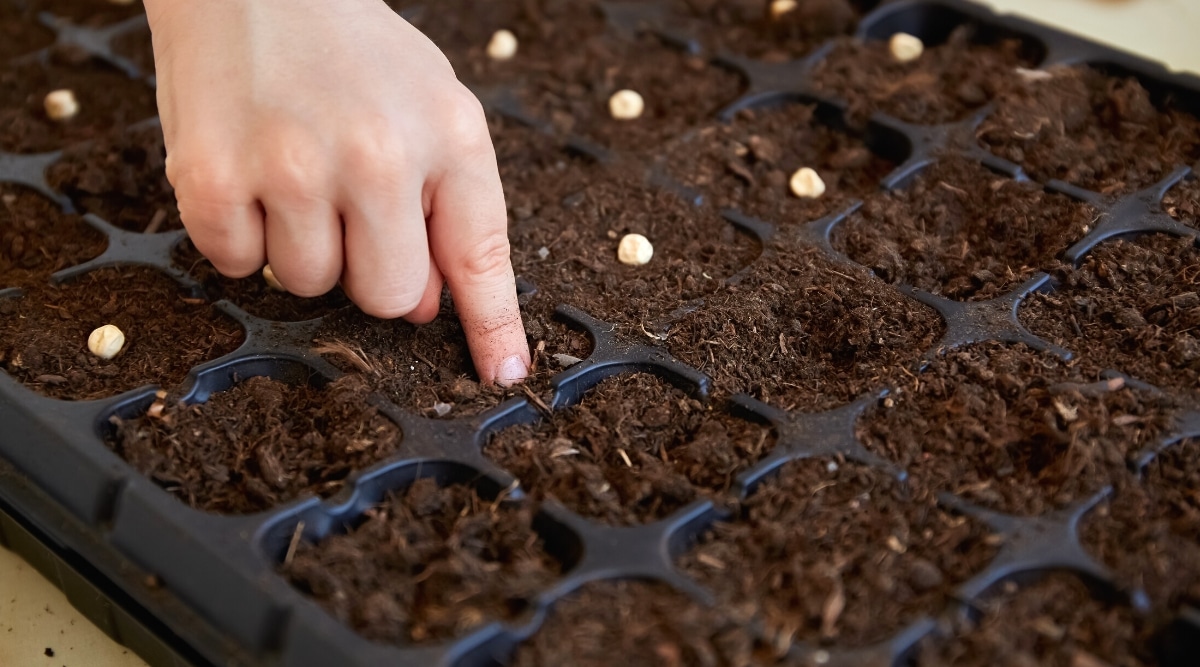
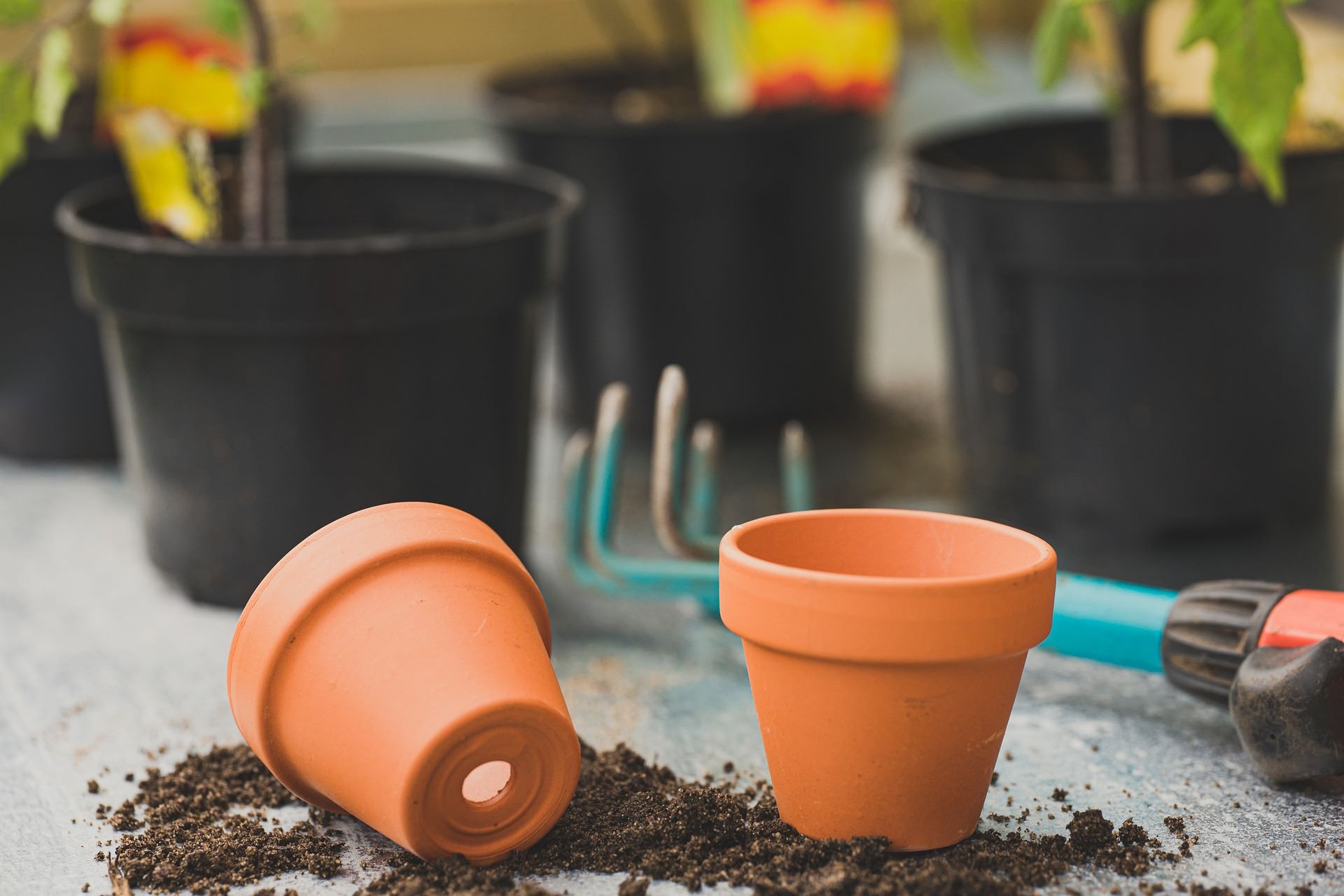
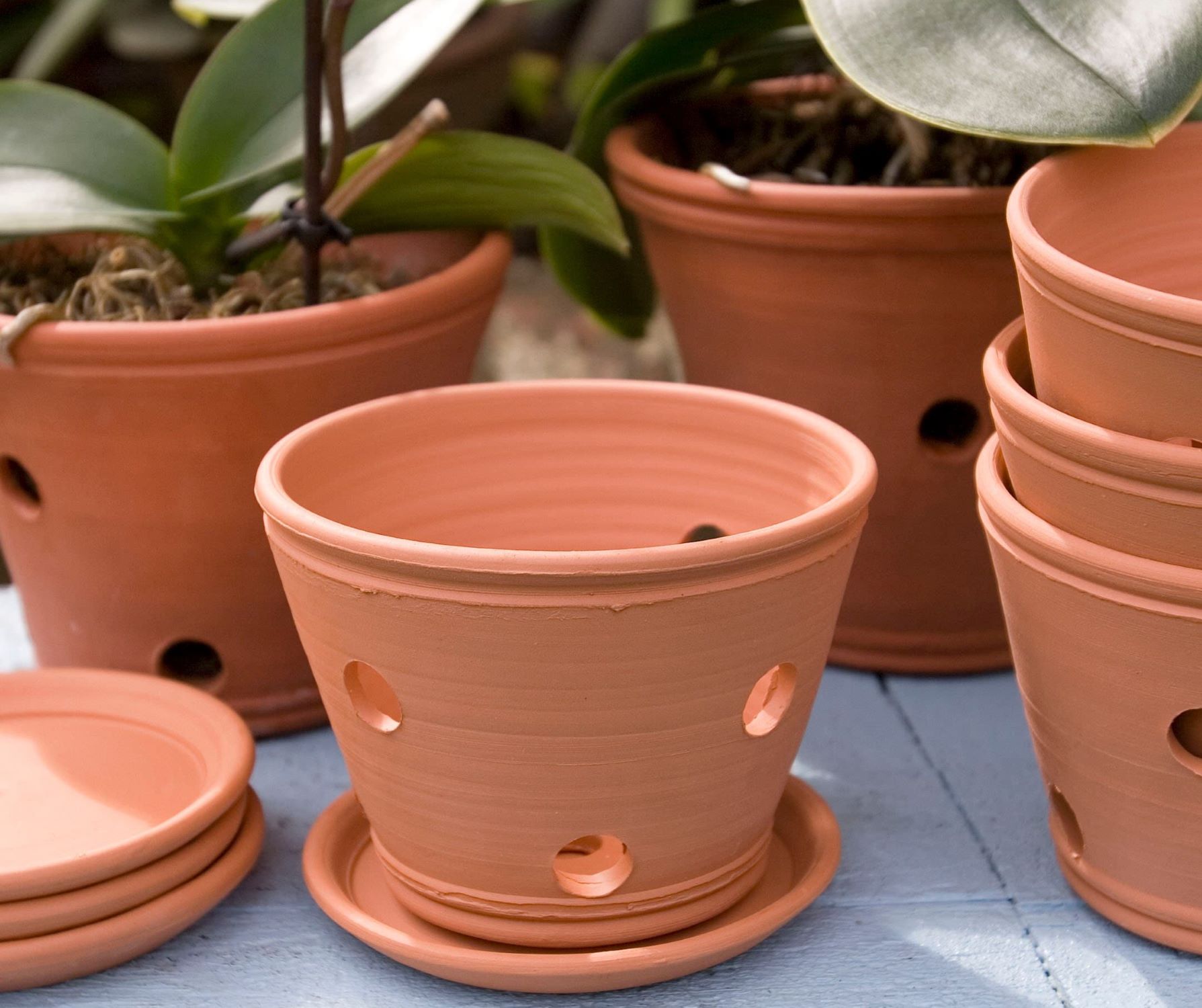
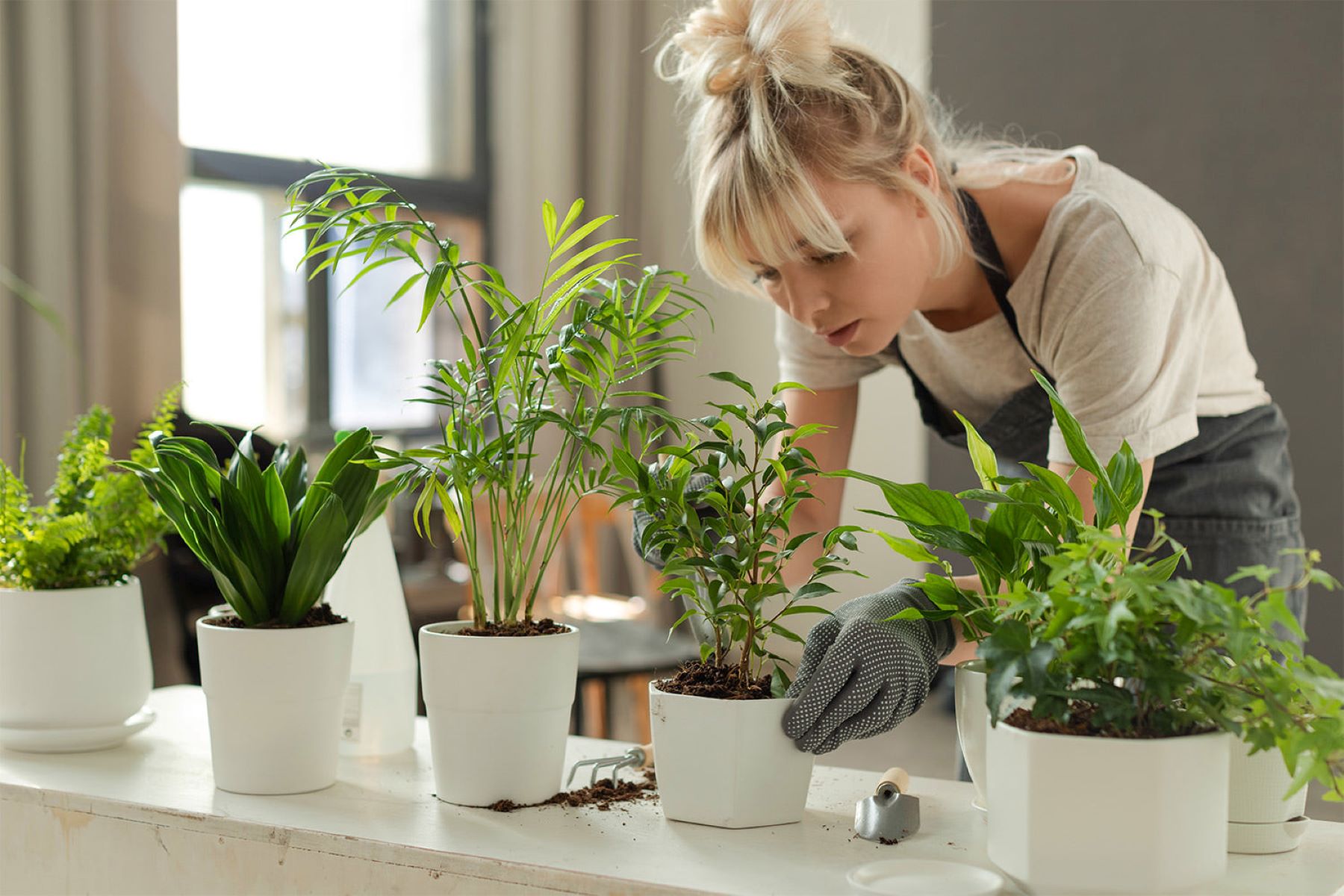
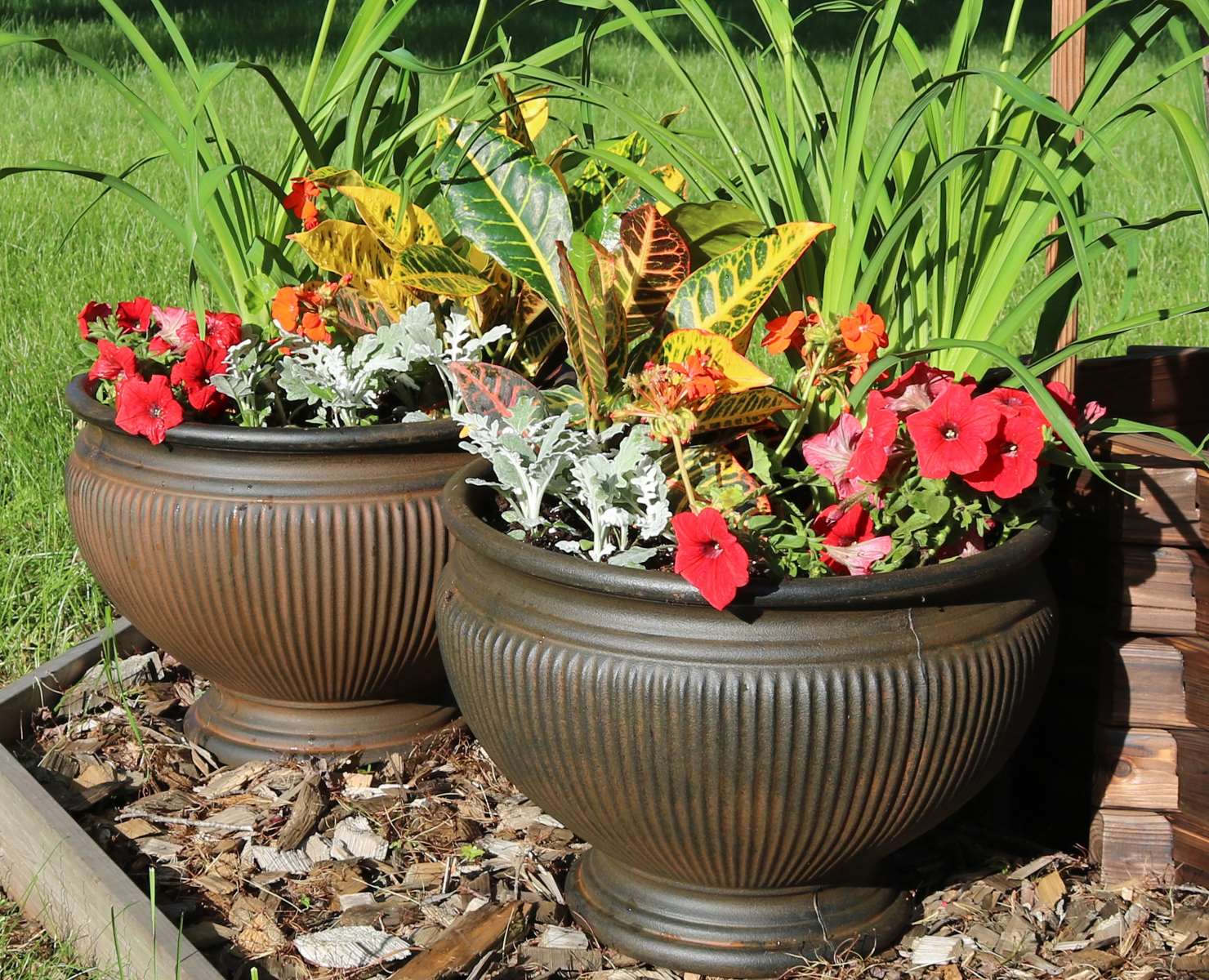
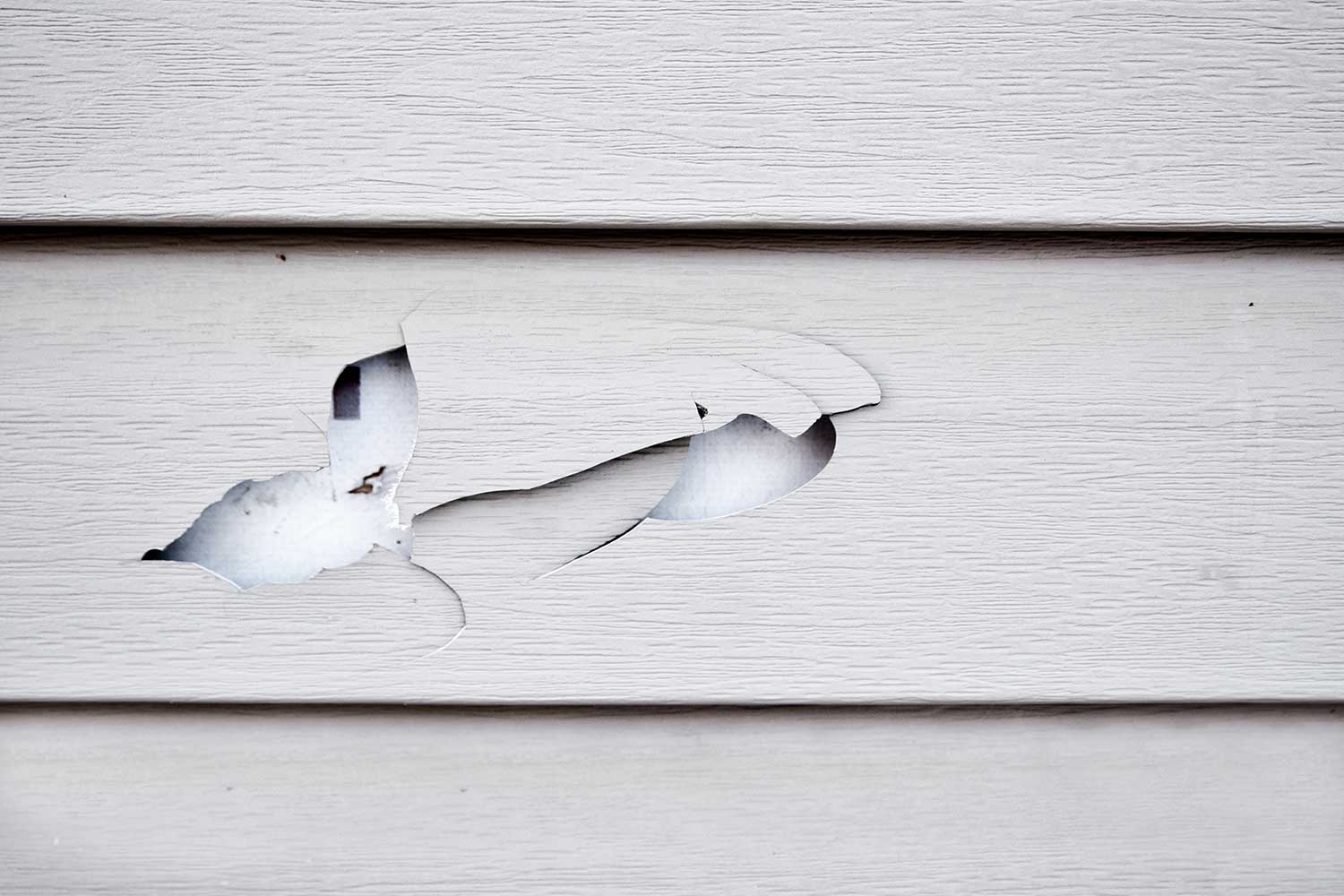
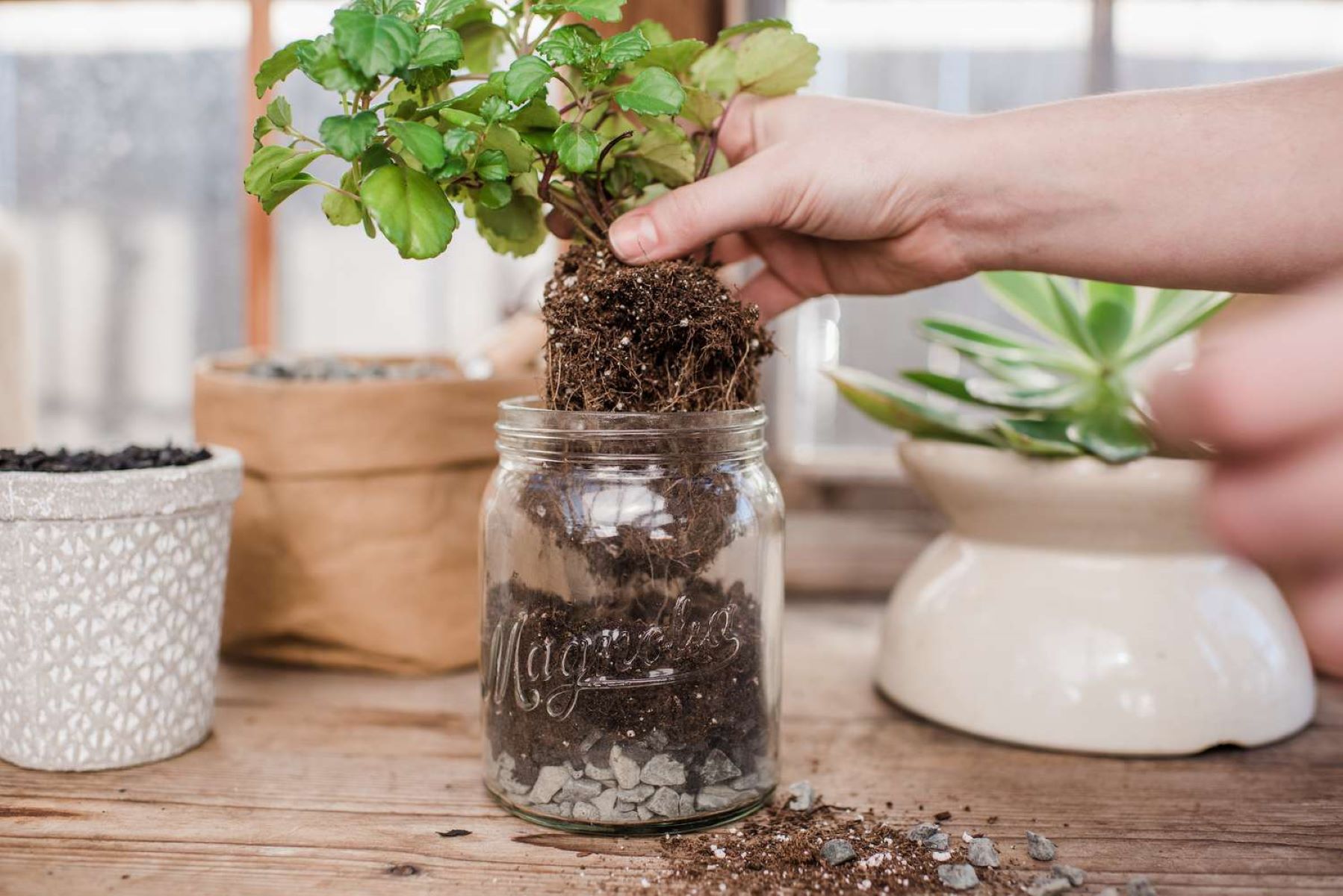
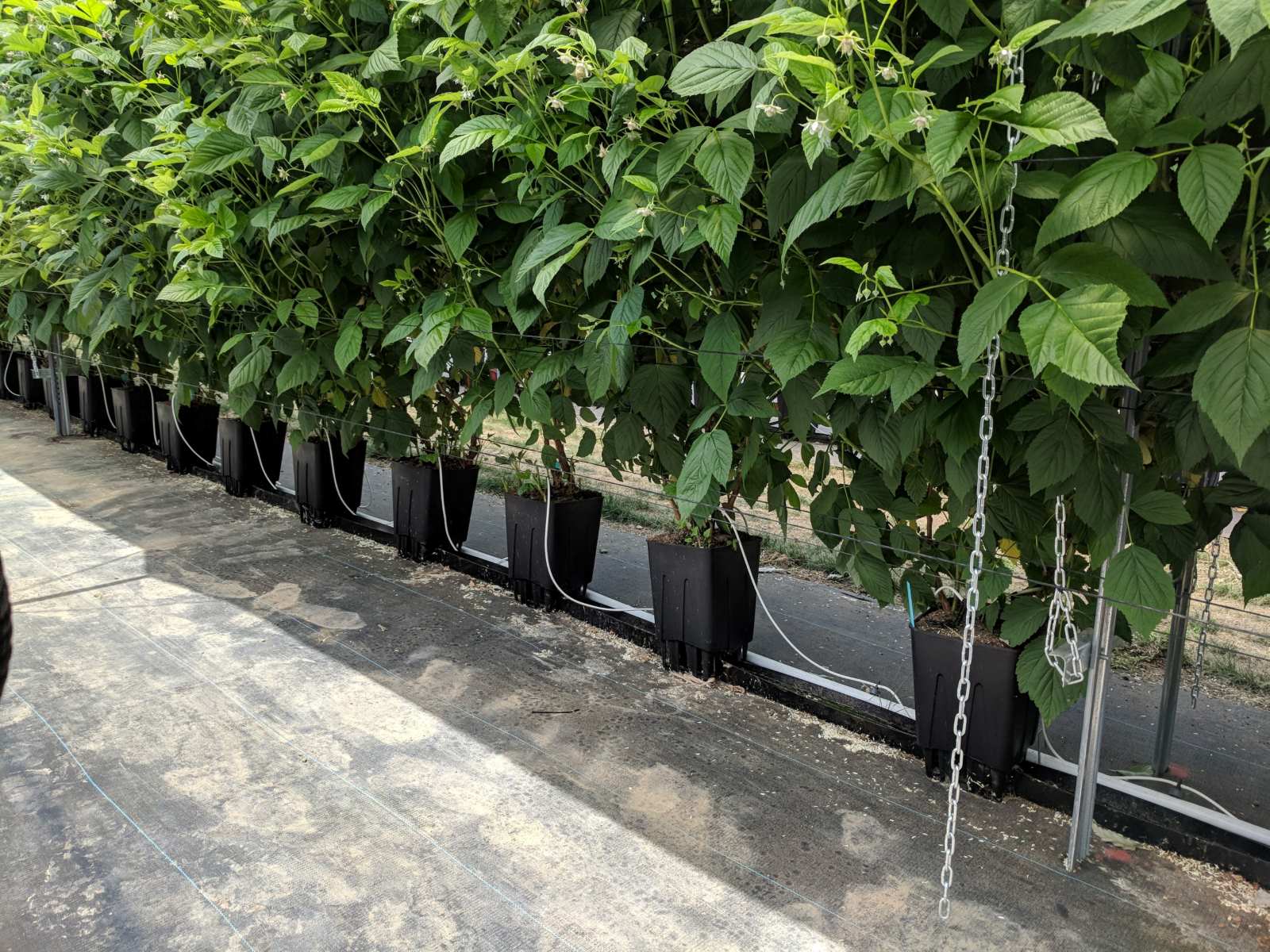
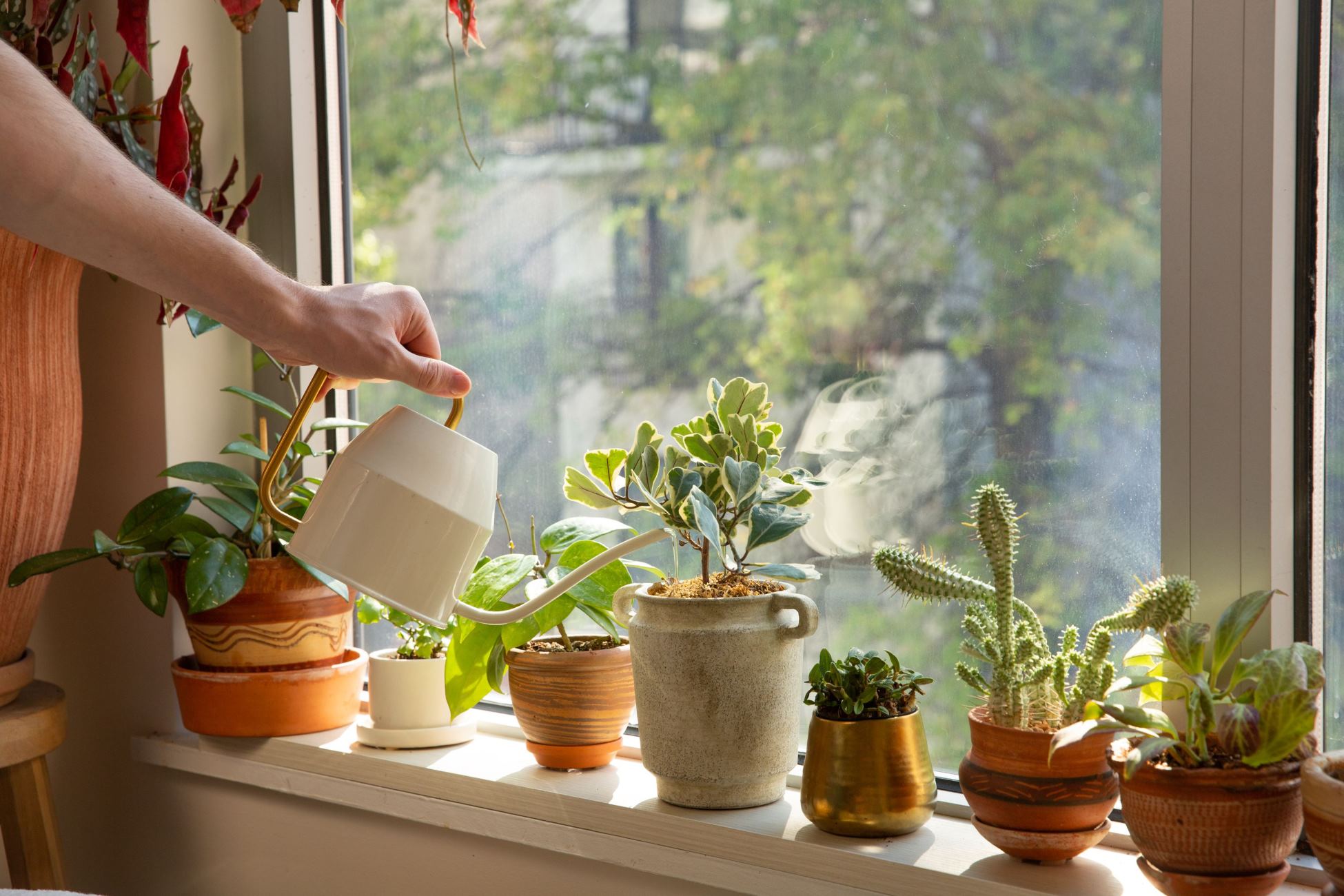
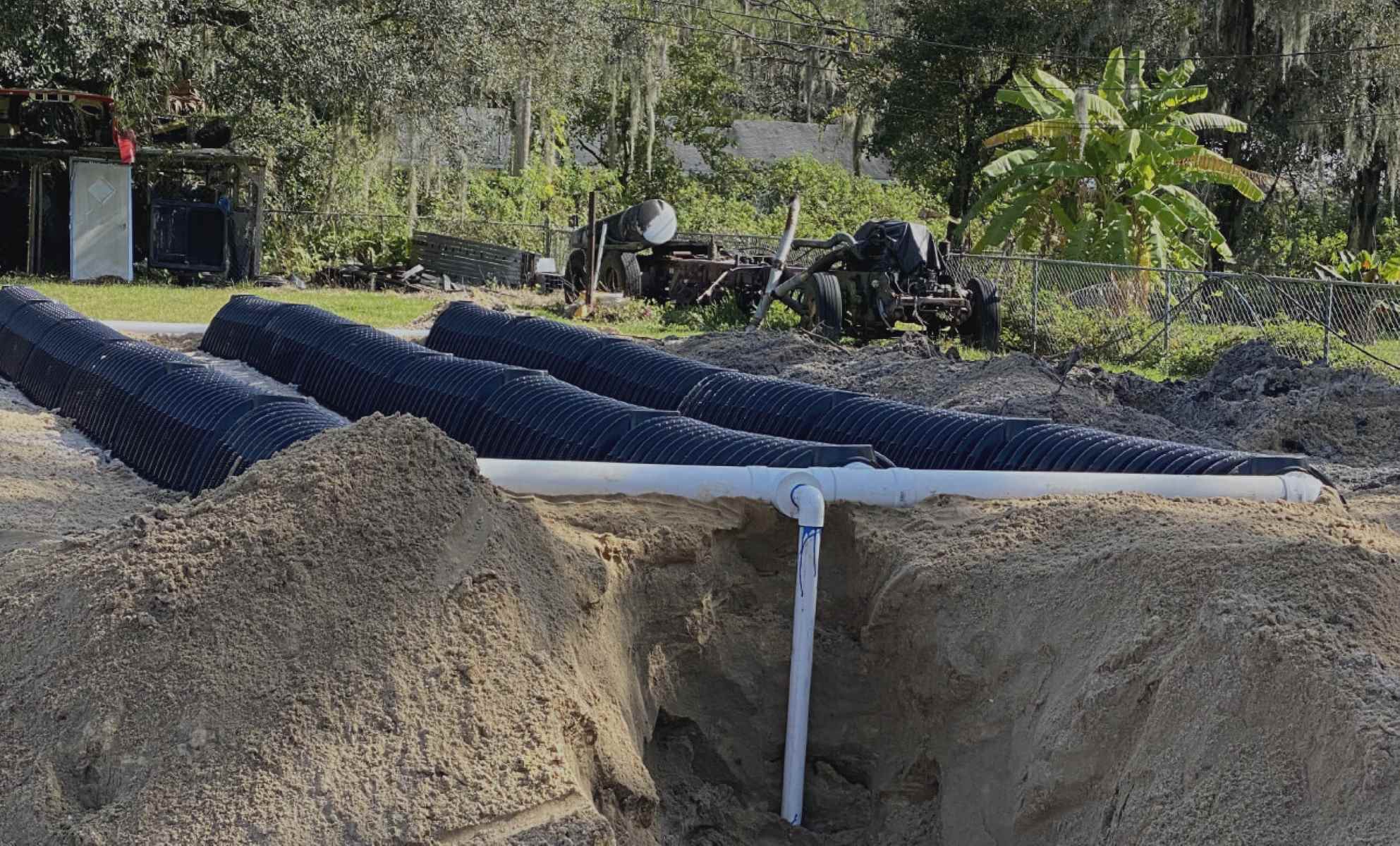
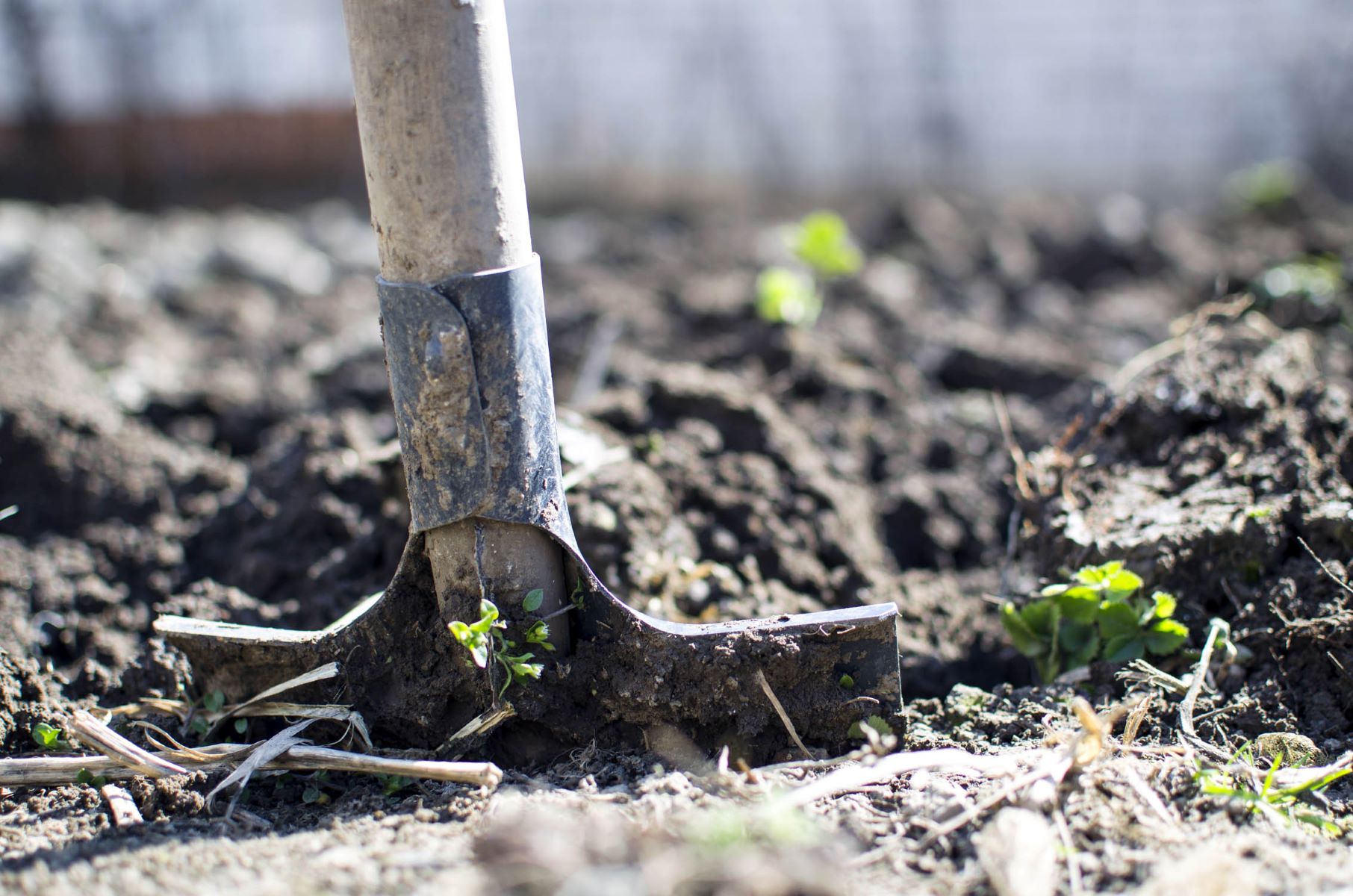
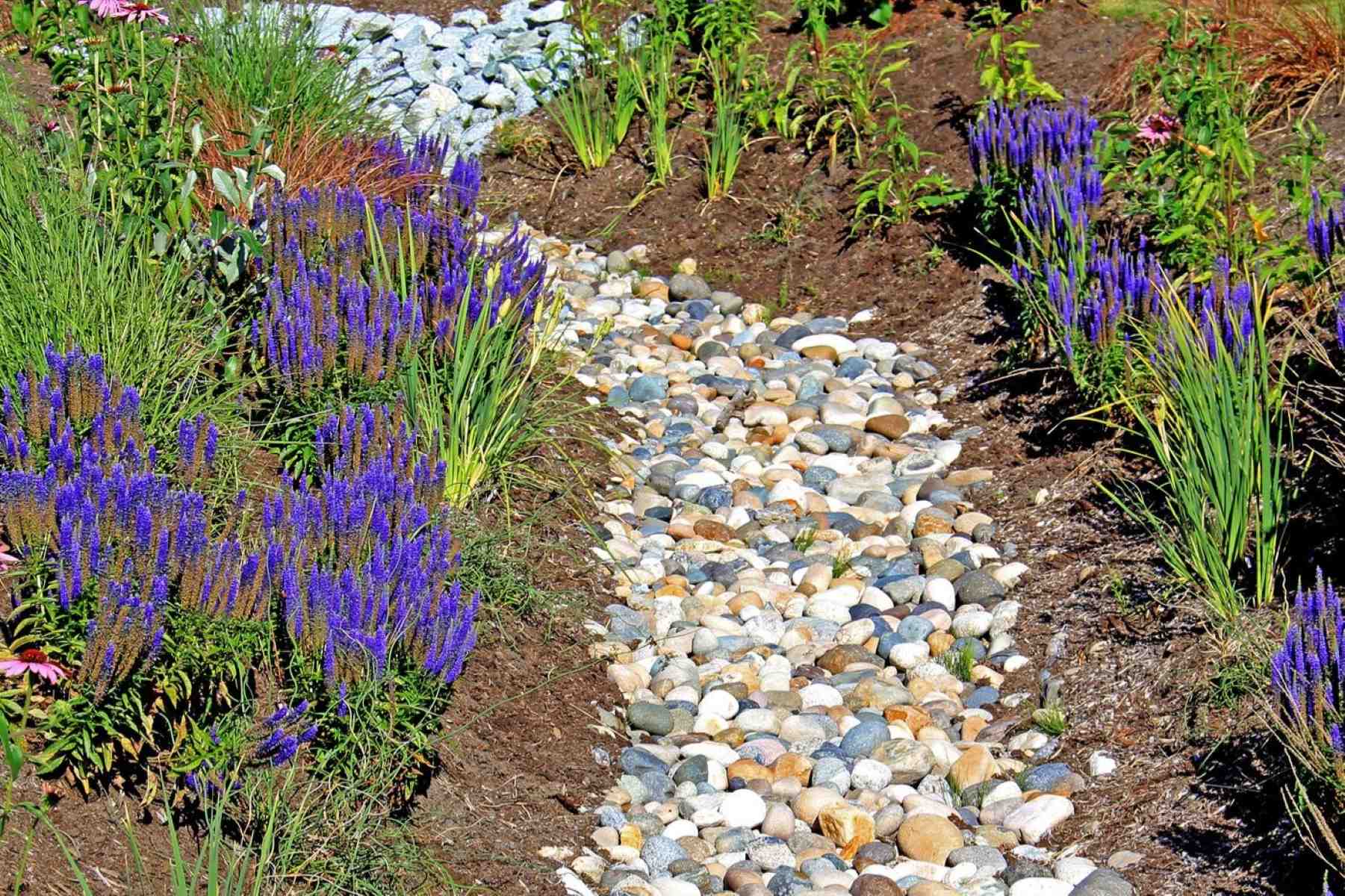
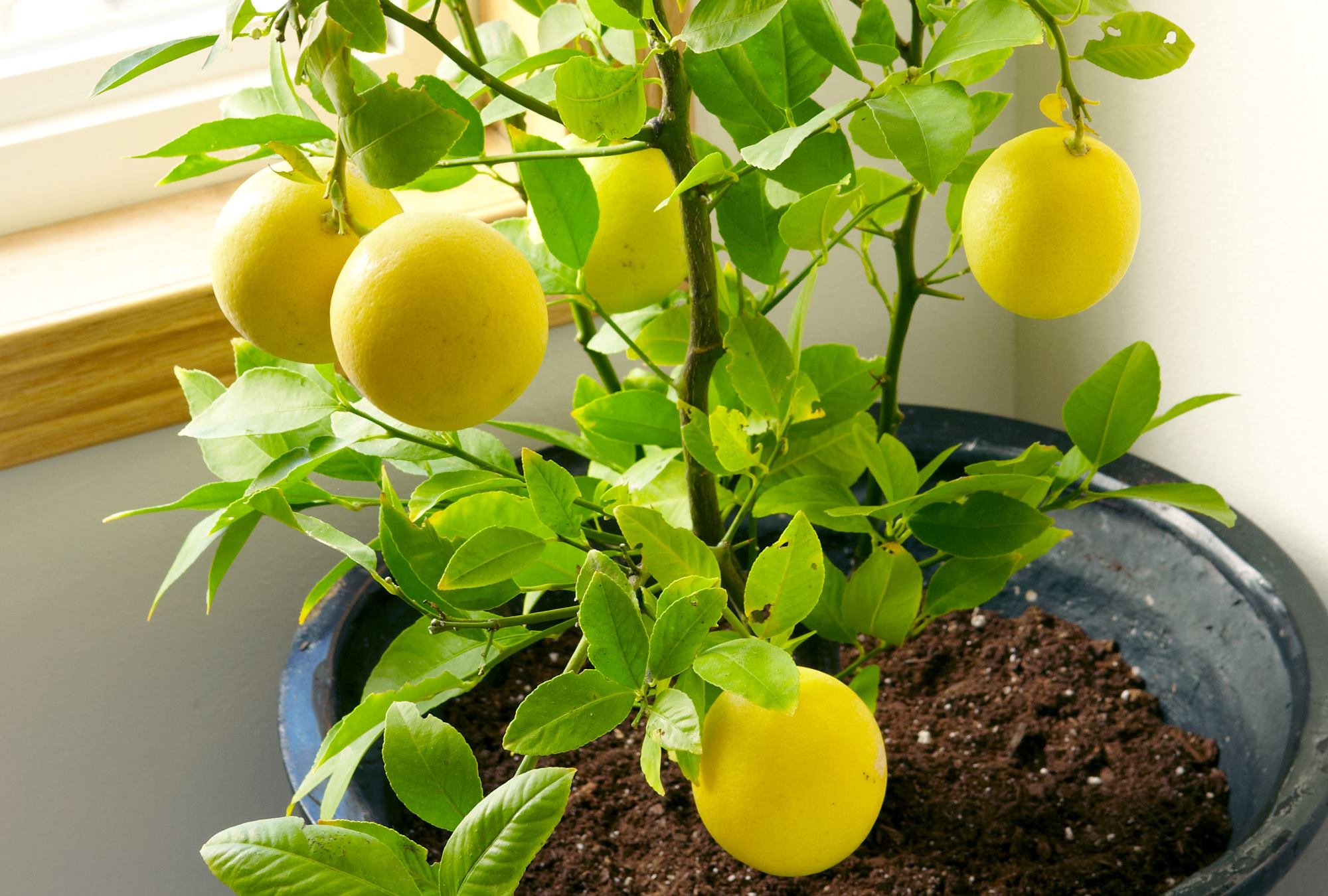
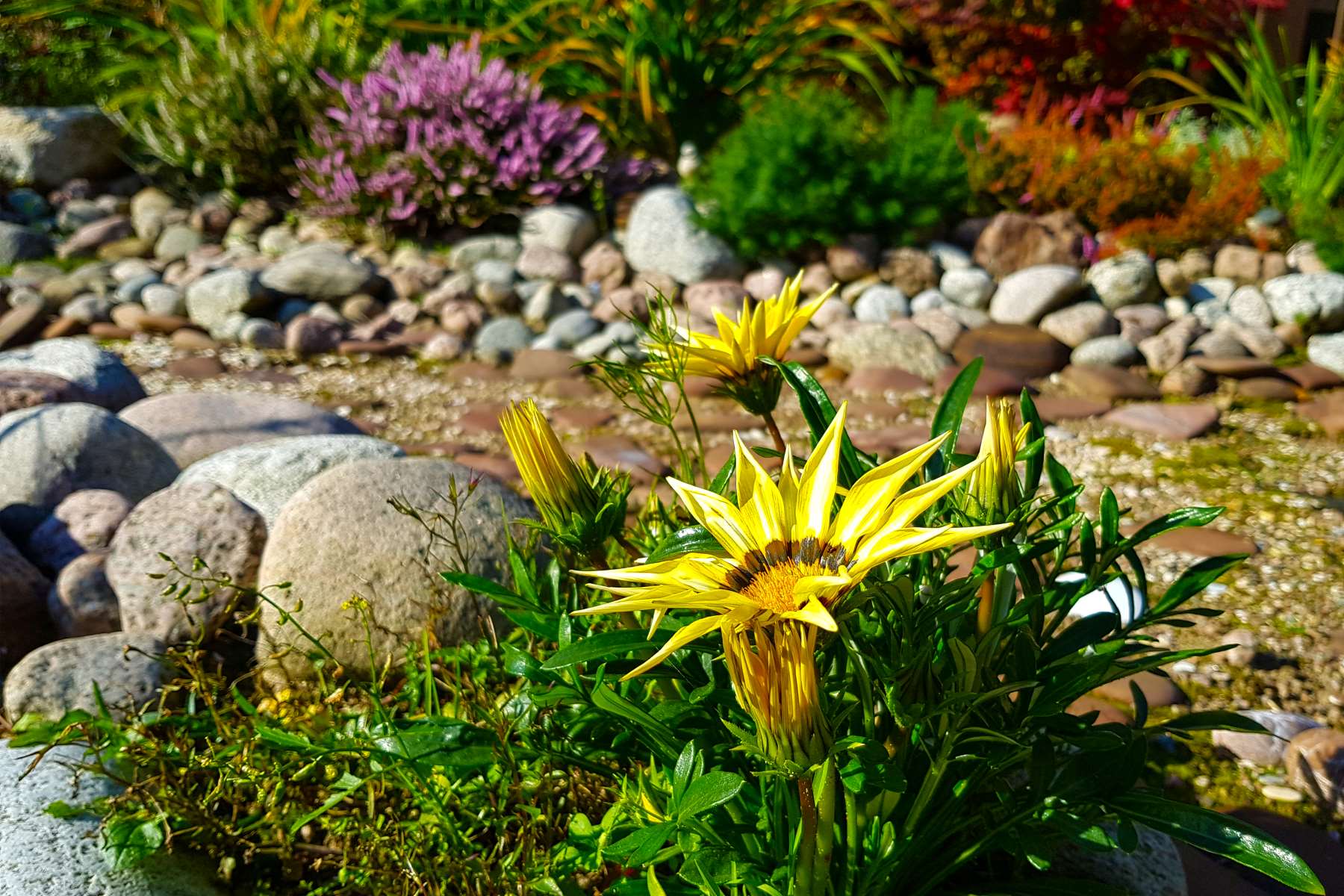

0 thoughts on “How Do You Water A Plant With A Drainage Hole”